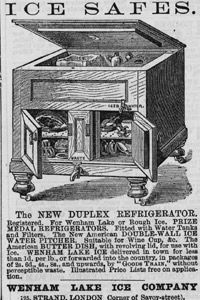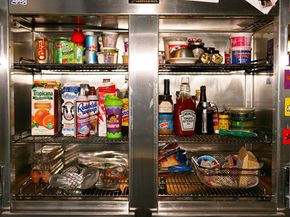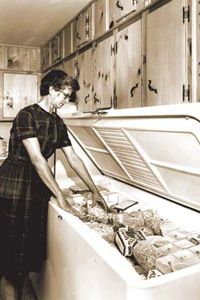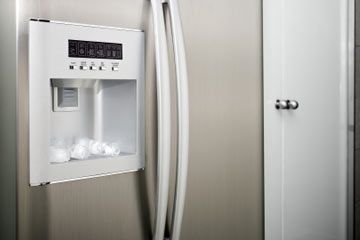When refrigerators hit the market in the late 1800s, it was a huge leap forward for civilized living. It offered a simple solution to the problem of bacteria-laden, disease-causing old food, not to mention the issue of losing money buying food that went bad before people could eat it all.
With all the obvious benefits of preserving food through artificial cooling, it's hard to imagine people voluntarily giving up their refrigerators. Still, a recent, small-scale movement within the ultra-"green" community has people doing just that. They're trying to reduce their carbon footprint by foregoing the icebox.
Advertisement
All household appliances use energy, and in almost all cases, energy means greenhouse-gas emissions. A typical refrigerator purchased in or after 2000 uses about 450 kilowatt-hours of electricity per year (an older model might consume two or three times that) [source: Wisegeek]. Those kilowatt-hours translate to roughly 660 pounds (272 kilograms) of carbon dioxide, which is about the amount of CO2 you emit by burning 35 gallons (132 liters) of gasoline in your car [sources: EPA, Slate]. Stated simply, driving your car about 800 miles (1,287 kilometers) emits the same amount of CO2 into the atmosphere as cooling your food for a year.
For people who choose to give up the fridge, the greenhouse gas emissions related to running the appliance outweigh the benefits of refrigeration. To most people living in the developed world, though, going without a refrigerator seems like a nearly impossible thing to do. Is it easier than we think?
In this article, we'll find out how some eco-dedicated souls are living fridge-free, and we'll find out how the rest of us can green up our refrigeration habits without getting quite so drastic.
To start, it seems giving up the refrigerator doesn't necessarily mean giving up cold food.
Advertisement





